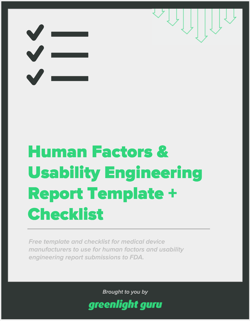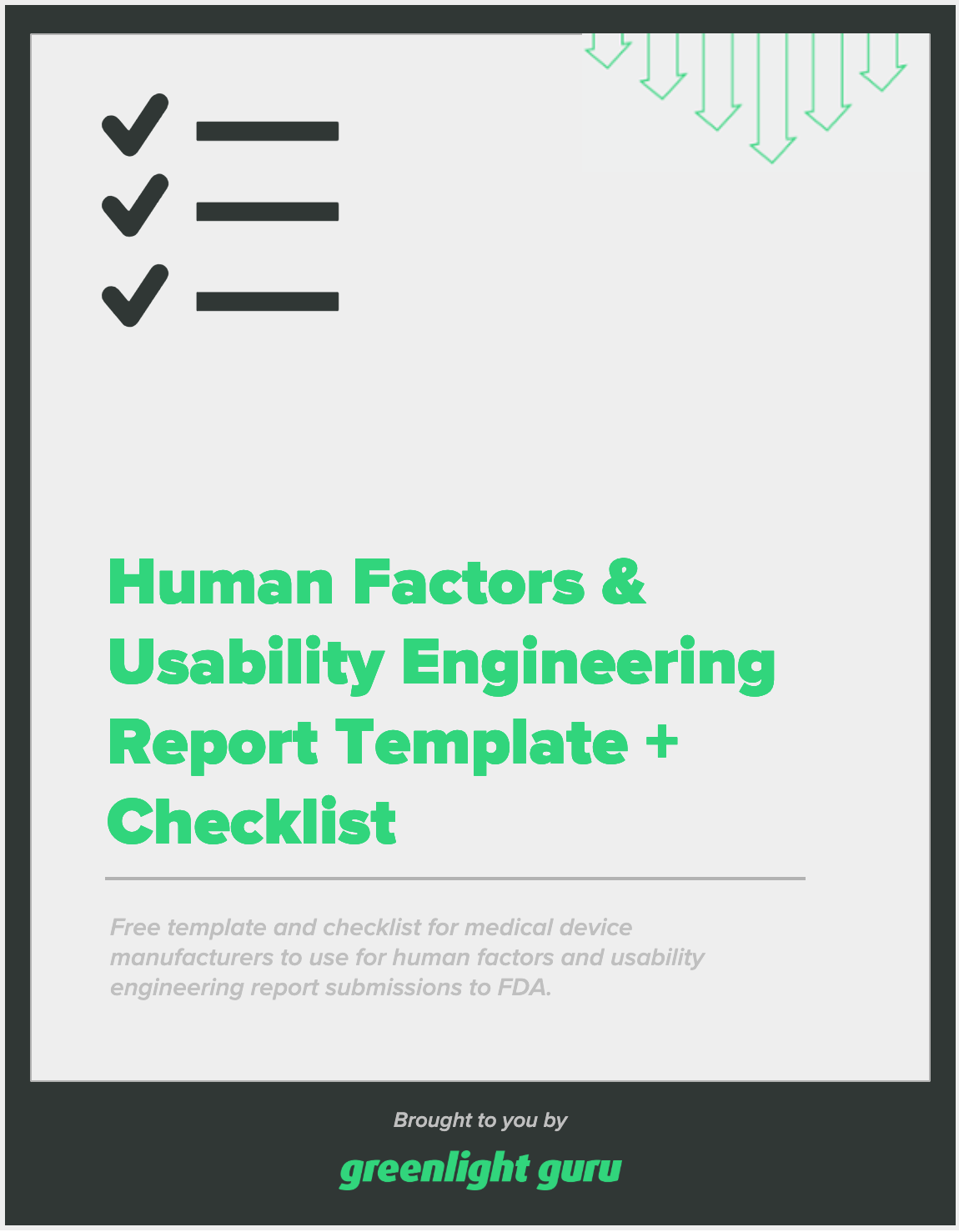Understanding The Relationship Between Usability and Labeling of Your Medical Device

Though they span a huge spectrum of applications, all medical devices are created for the same purpose: to improve the quality of life for their users.
Of course, this is more than a vague platitude. Medical device companies are known the world over for our stickler instincts and attention to the smallest details. But, when it comes to usability, how can we be sure that our devices are truly improving lives? The answer has two parts: Usability and Labeling.
What is medical device usability?
In the world of medical devices, the concept of usability serves as both a high-level design concept and as a tangible measurement of functionality. Medical device usability refers to how easily, quickly, and efficiently a device can be used to accomplish specific tasks by the people who use it.
While that may sound redundant, making this distinction between use and users is essential. Usability is a metric of success; if our aim is to measure how well a device can be used, it’s equally imperative to understand the context of who will be using it.
Much of this focus on usability is a result of the very nature of medical devices, as there may be a number of different users on both the patient and provider sides.
For instance, a recent study established that device usability is critically influenced by previous health knowledge, i.e., a prior understanding of how to operate a particular medical device. In the case of a nurse placing a catheter, they undoubtedly have more training in such medical procedures than a home health attendant or personal caregiver.
However, if the device’s indications for use include both scenarios, that doesn’t mean that the device’s usability should be built for one group instead of the other. This is also particularly true in a modern age when many devices are designed purely for home use, such as in-vitro diagnostic tests used to detect COVID-19 or HIV.
Medical device usability is part of risk management
Human factors are where devices begin and end. Whether those factors are the preexisting conditions the device is treating, or the new potential risks presented by the human user’s interactions with the device itself, mitigating these factors - or “risks” - is imperative for device manufacturers. With this connection of usability and risk in mind, it helps to think of usability as a major component of a company’s risk management activities.
When medical device usability is high, it can lead to a number of positive outcomes for patients, providers, and manufacturers alike, such as:
-
Fewer use errors
-
Improved performance of devices
-
Less resources for training needed
-
Lower stresses for the user
On the other side of that coin, though, are the risks that occur when usability levels are low. Of the estimated 250,000 medical deaths per year, about 15% of those were a result of user error caused by a poorly built user interface. One thing is for sure: medical device designs, from the blueprint to the instruction manuals, need to be approached through a lens of user and usability needs.
What is the relationship between usability and labeling of a medical device?
With so much riding on how well patients can operate devices, it makes sense that medical device usability is generally a byproduct of the design process. Obviously, you’ll look at elements such as hardware, software, and electrical components. But you’ll also need to consider how users learn about and interact with the device, specifically with medical device labeling.
These components of a device provide guidance to untrained users, through a variety of written, visual, and audible communications. Some examples of medical device labeling for usability purposes are:
-
Instructions for use (IFU)
-
Menus
-
Icons
-
Interfaces
-
Messages
-
Training manuals
-
Online References
In each type of labeling, there’s a clear connection to intended use for a medical device and the acknowledgment of potential risks in a product design. Even the labeling itself has a design approach; in FDA’s Guidance on Medical Device Labeling, they suggest a number of approaches for effective labeling, including:
-
Integrating warnings and precautions into the task/hazard-related context.
-
Using concrete rather than abstract terms and jargon.
-
Staying concise and saying it in the simplest way
-
Using frank language, such as “Contact with this product will produce severe burns” rather than “Contact with this product will result in serious injury.” ·
Another way to boost the usability in product labeling is with usability testing. This is part of product verification, and provides data on how effectively users are able to interact with the device, how many and what kind of errors they make, and any difficulties they encounter.
Connect every element of medical device design with a purpose-built solution
Creating quality products that improve lives is all about connecting the dots back to the users. In order to do so, you need a software solution that is purpose-built to work for you and your product. In the same manner that usability and labeling requirements go hand in hand, the same can be said for virtually every component of your device’s design.
Greenlight Guru's purpose-built quality management system software gives medical technology companies an end-to-end solution to bring life-changing products to people. Our platform is built specifically for the medical device industry and comes with all elements and design files connected through intelligent document control, so you can see the downstream impact of any change and reduce the risk of missing a key element by visualizing the relationships within your system.
Ready to get started? Contact us today for your free demo!
Looking for a design control solution to help you bring safer medical devices to market faster with less risk? Click here to take a quick tour of Greenlight Guru's Medical Device QMS software
Etienne Nichols is the Head of Industry Insights & Education at Greenlight Guru. As a Mechanical Engineer and Medical Device Guru, he specializes in simplifying complex ideas, teaching system integration, and connecting industry leaders. While hosting the Global Medical Device Podcast, Etienne has led over 200...
Related Posts
IEC 62366 Explained: What You Need To Know About Usability Engineering
3 Common Misconceptions About Medical Device Labeling
How to Define User Needs During Design Controls
Get your free PDF
Human Factors & Usability Engineering Report Template











